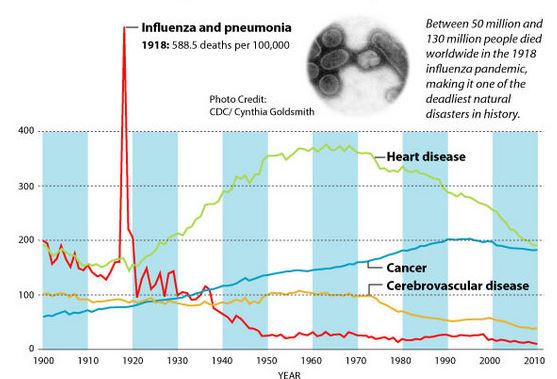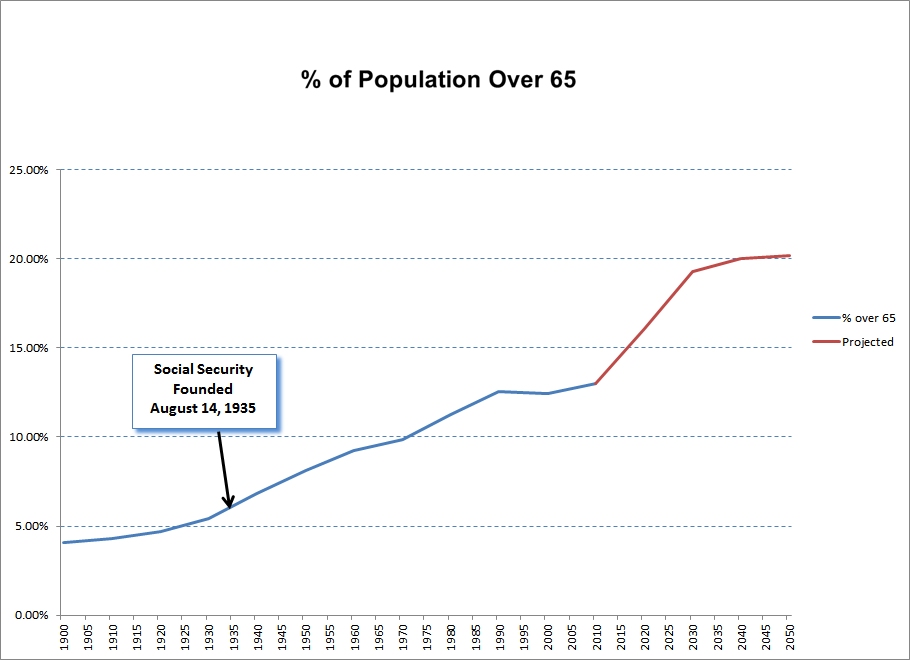Imagine getting out of your 20 hp. car and cranking it to start it, getting whacked by the handle and breaking your wrist, while your neighbor trots by shouting “get a horse” and your other neighbor happily puffs by in his Stanley Steamer. This was life in 1900… people died of the flu and intestinal infections and radios were a novelty.
1900- The Turn of the Century
In the year 1900, cars were not that common. Most people still rode horses or horse drawn wagons. In 1900, American car companies made 1,681 steam cars, 1,575 electric cars and only 936 gasoline cars. Cars at that time only had about 20 horsepower. Around the same time, Marconi succeeded in the first radio broadcast. At the turn of the century, only a little over 4% of the U.S. population was over the age of 65 and Aspirin had just been invented. It wasn’t until 1901 that doctors even knew that there were different blood types. The leading causes of death in the early 1900’s was flu, pneumonia, heart disease and TB, followed by gastrointestinal infections and strokes.
1950 – Mid-Century
Originally one thought that if there were a half dozen large computers in this country, hidden away in research laboratories, this would take care of all requirements we had throughout the country. ~ Howard H. Aiken 1952
By 1950, Television was entering common usage, gasoline powered cars had taken over, computers had been invented but were so expensive only large companies and governments could afford them and the U.S. built it’s first nuclear power plant. In 1955, Elvis Presley bought his famous Pink Cadillac and by 1959 it was offered with a 325 horsepower engine. In health, a vaccine for TB, Diphtheria, Pertussis, and Tetanus had been in use for about 25 years knocking them out of the top killers making the leading causes of death Heart disease, Cancer, Stroke and accidents. By this time, a little over 8% of the population was over the age of 65.
2000 – A New Century
By 2000, computers were in common usage, so common in fact that a scare developed that a glitch in the date coding system would result in major disruptions as the century changed. Three years earlier Toyota had introduced the Prius in Japan, the first commercially produced hybrid car in almost 100 years and it was available in the U.S. by 2000. Heart disease was still the leading cause of death but it’s incidence was falling, while the incidence of cancer deaths had increased since 1950 but strokes (cerebrovascular disease) decreased. The percentage of the population over the age of 65 increased to 12.43%
Image Credit: Live Science
What Now?
So during the twentieth century we came a long way in health and technology. But there is still a long way to go. By 2010, heart disease and cancer were almost equal as heart disease continues to decline.
As we can see from the chart below the Percentage of the population over the age of 65 has leveled out over the last 20 years although it is projected to rise sharply over the next 30 years as new technological advances come online. Interestingly, Social Security was instituted when only about 6% of the population was over 65. While currently about 13% of the population is over 65. This doesn’t mean that only 13% of the population makes it to retirement age, simply that at any given time 13% is over retirement age. If we suddenly had a lot of babies born, the percentage of the population over 65 would fall. Also the overall population is increasing. Currently there are over 40 million people over the age of 65 and with the aging baby boomer generation that number is projected to grow to 54.8 million by 2020 and 88.5 million by 2050.
The U.S. Bureau of Labor Statistics Occupational Outlook Handbook projects that some of the fastest growing jobs in the country will be in the Health and Technology fields. Here are some jobs projected to grow by 29% or more (the highest growth rate) by 2020. Audiologists, Biochemists, Biophysicists, Biomedical Engineers, Cardiovascular Technologists and Technicians, Database Administrators, Dental Assistants and Hygienists, Diagnostic Medical Sonographers, Emergency Medical Technicians and Paramedics, Health Educators, Healthcare Social Workers, Medical Assistants, Medical Equipment Repairers, Medical Secretaries, Occupational Therapists and Assistants, Opticians, Optometrists, Personal Care Aides, Personal Financial Advisors, Physical Therapists and Assistants, Software Developers for Systems Software, and Veterinarians.
The following jobs fall into the second highest growth category (20-28%): Actuaries, Chiropractors, Computer Systems Analysts, Dentists, and Dietitians, Nutritionists, Environmental Engineers, Epidemiologists, Financial Analysts, Information Security Analysts, Web Developers, and Computer Network Architects, Massage Therapists, Medical Records and Health Information Technicians, Network and Computer Systems Administrators, Pharmacists, Physicians and Surgeons, Podiatrists, Prosthodontists, Radiation Therapists, Registered Nurses, Respiratory Therapists, and Substance Abuse and Behavioral Disorder Counselors.
Other careers with good growth prospects (10-19%) include: Accountants and Auditors, Audio and Video Equipment Technicians, Biological Technicians and Budget Analysts, Civil Engineers, Computer and Information Research Scientists, Computer Programmers, Computer Support Specialists, Graphic Designers, Hydrologists, Interior Designers, Lawyers, Microbiologists, Nuclear Engineers, Nuclear Medicine Technologists, Ophthalmic Laboratory Technicians, Petroleum Engineers, Physicists, Psychologists and Psychiatric Aides, Surgical Technologists, Telecommunications Equipment Installers, and Veterinary Assistants and Laboratory Animal Caretakers.
This article has been brought to you by http://www.csinow.edu/ specializing in Computer and Healthcare careers.
See Also:
- 15 Great Healthcare Careers
- Demographic Trend Time Bombs
- Employment Trends in Civil Engineering
- Healthcare in the US vs. the UK
- Employment Trends in the US






